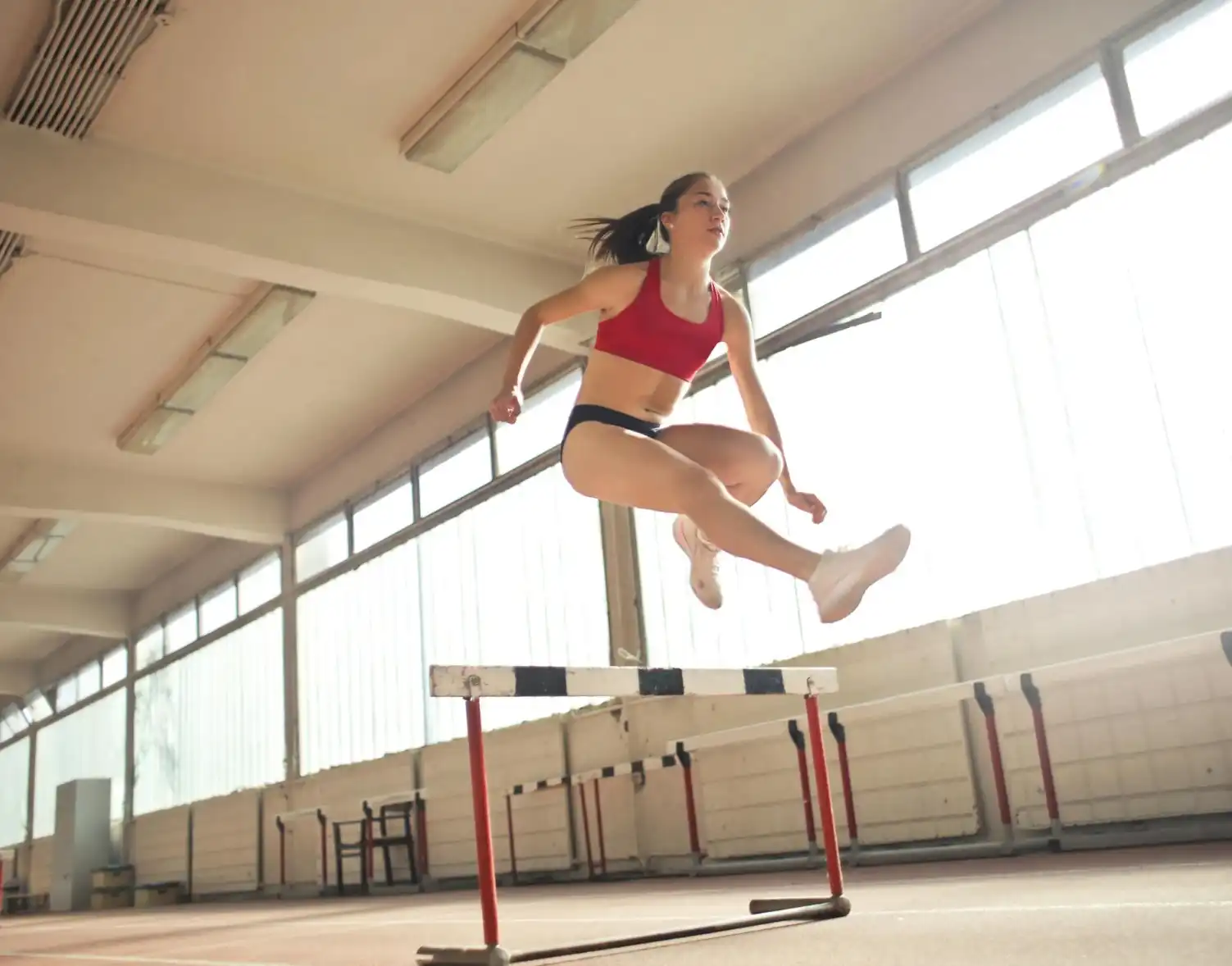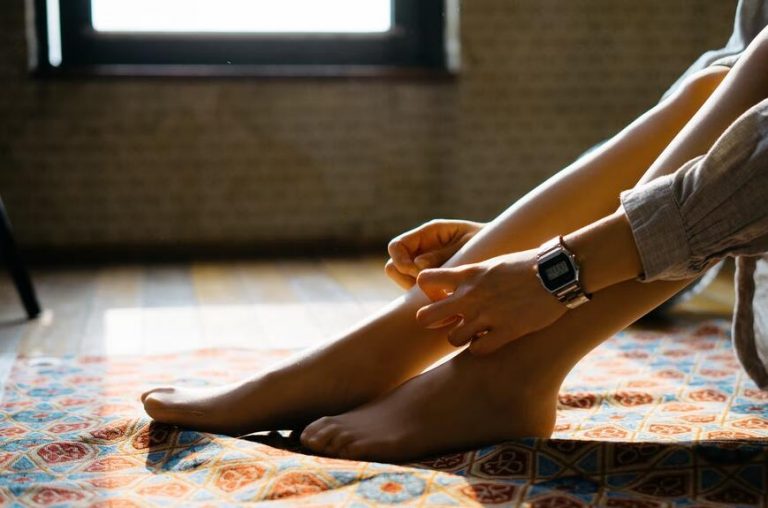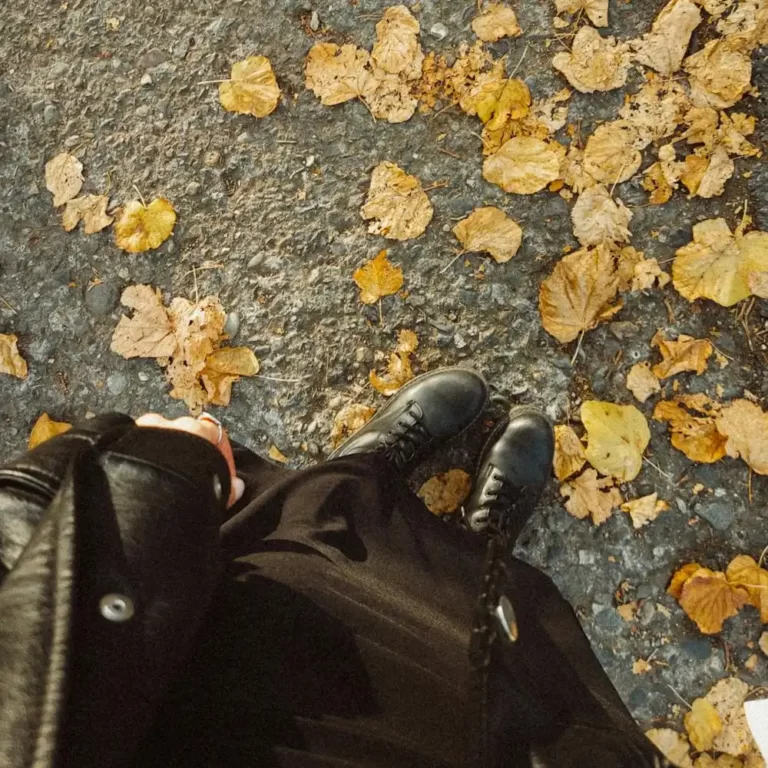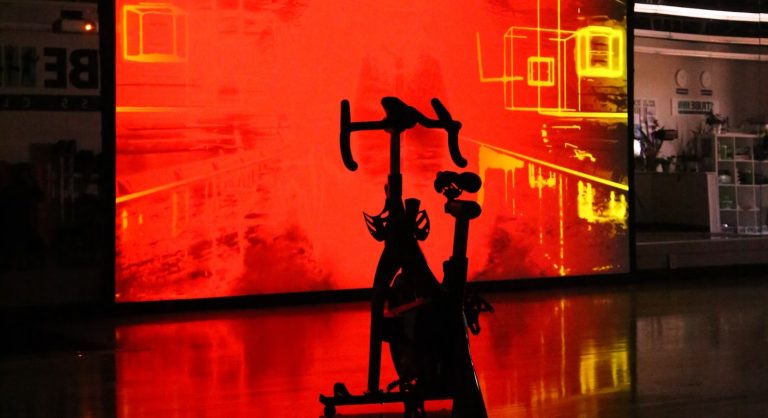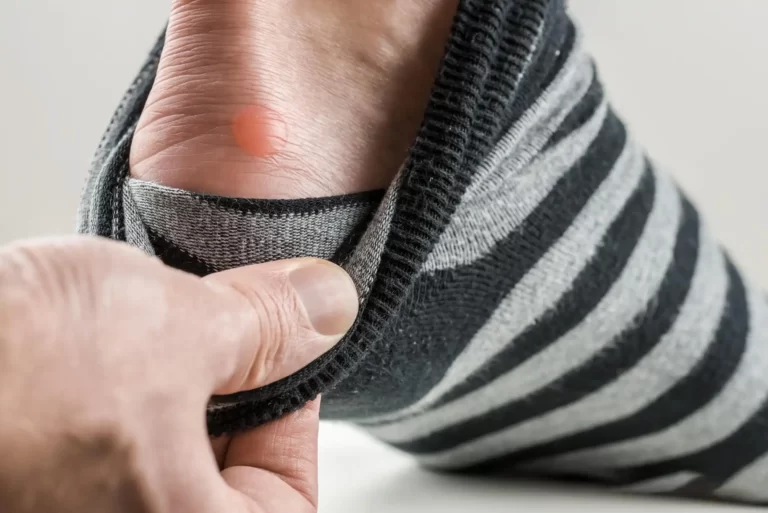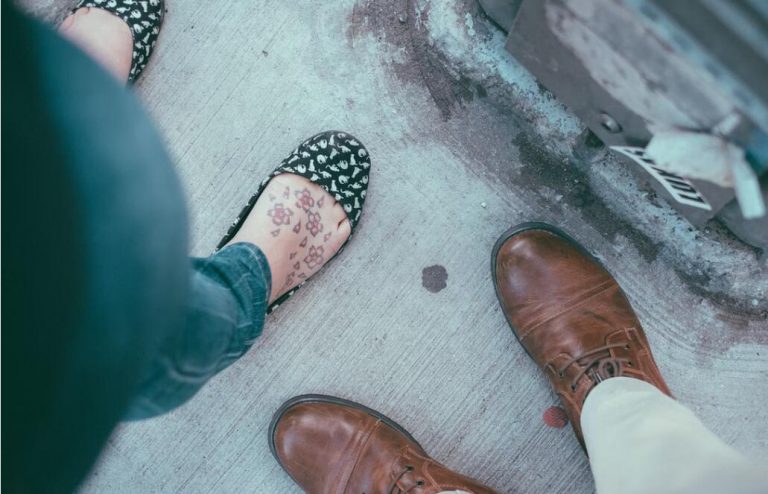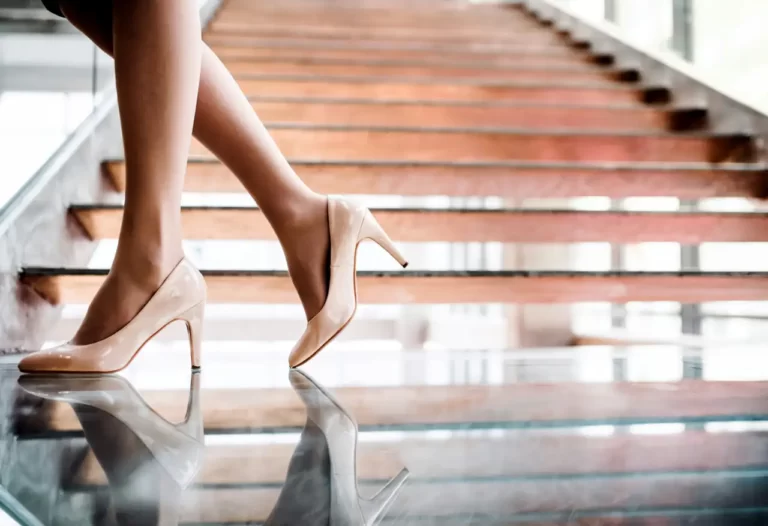Athletes with Flat Feet: Support and Treatment Options
Did you know that 30% of people in the U.S. have flat feet? It’s also called overpronation. This affects how well athletes do in sports. People with flat feet may not absorb shock well, have trouble staying stable, and face more overpronation injuries. Thankfully, there are good ways to support and treat them. This helps athletes with flat feet stay competitive and avoid health issues.
Key Takeaways:
- Flat feet (overpronation) is a common condition affecting 30% of the U.S. population.
- Athletes with flat feet face issues like reduced shock absorption, stability problems, and increased injury risk.
- Proper arch support, orthotics, and strengthening exercises can help manage flat feet in athletes.
- Consulting sports medicine specialists and using the right running shoes are crucial for flat-footed athletes.
- Injury prevention strategies, such as warm-up routines and cross-training, can further support athletes with flat feet.
Understanding Flat Feet in Athletes
As athletes, the health of our feet is key to our performance. A common issue is flat feet, also called fallen arches or overpronation. It’s important to know what leads to flat feet among athletes. This helps in finding ways to tackle it and stay at our best.
What Causes Flat Feet?
Flat feet can come from different things like family traits, unbalanced muscles, or past injuries. Athletes with flat feet might not get enough support on their arches. This can cause their feet to roll too much inward while doing things like running or jumping. Such a problem can lead to injuries due to overpronation, less ability to absorb shocks, and trouble moving stably.
Prevalence of Flat Feet Among Athletes
Flat feet are quite common in sports that are high-impact or need lots of foot-bearing weight. Research shows 20% of athletes could have some level of flat feet. This number changes based on the sport. For instance, basketball, soccer, and long-distance running tend to see more flat feet.
Knowing why athletes get flat feet is crucial. It lets us find good ways to help. Using things like flat feet arch support insoles, orthotics, and strengthening exercises can make a big difference. These steps can improve athlete training and lower the risk of injuries.
Impact of Flat Feet on Athletic Performance
If you’re an athlete with flat feet, you have special hurdles to overcome. Overpronation, where your feet roll too much inward, can be a big issue. It stresses joints, tendons, and ligaments, boosting the odds of injury. These injuries might include plantar fasciitis, Achilles tendinitis, and medial tibial stress syndrome.
Overpronation and Injury Risks
Flat feet often lead to overpronation. The lack of arch support means your foot may roll too much inward. This can cause both short-term and long-term problems. It’s important to address these issues early to keep performing at your best.
Reduced Shock Absorption and Stability
Flat-footed athletes may find it hard to absorb shock. Without a clear arch, impacts from running or jumping can stress your body more. This stress can reach from your feet all the way to your spine. It can also be harder to move precisely, stay balanced, or power through your sport. All this affects how well you play your sport.
Athletes with flat feet
Understanding flat feet in athletes is key. It helps us spot the signs and know how to help. Knowing this helps us support them in achieving their sports dreams.
Identifying Flat Feet in Athletes
Spotting flat feet is usually simple but needs a careful look. We check the athlete’s feet for a missing arch or a fallen one. We might also see their feet rolling in too much, which is overpronation and is common in flat feet.
Common Symptoms and Signs
Athletes with flat feet might feel foot, heel, or even knee pain. They could have trouble with balance and get tired quickly. These issues can affect their sports and well-being.
Knowing how to see flat feet and its effects is important. It helps us give the right support. This means we can help them play their best. Together, we can improve their athletic abilities.
Arch Support and Insoles for Flat Feet
Athletes with flat feet need the right support for their sports. Arch support and insoles play a big role. They give the cushioning and stability needed. They also help with problems like overpronation and weak shock absorption.
Types of Arch Support Insoles
There are many types of arch support insoles. For athletes with flat feet, they have several options. Some common types include:
- Rigid Arch Supports: These insoles have a firm arch to stabilize the foot and reduce overpronation.
- Flexible Arch Supports: They offer dynamic arch support for natural foot movement and reinforcement.
- Customized Orthotics: Made for the individual, these orthotics provide precise arch support.
Choosing the Right Insole for Your Sport
Picking the right insoles depends on your sport’s needs. For running or basketball, rigid arch supports might work best. They help keep your foot stable during high-impact activities. On the other hand, sports like tennis or soccer need more flexible arch supports. These allow for lateral movements and maintain power.
The amount of cushioning and shock absorption also changes with the sport and foot type. Always talk to a podiatrist or sports doctor to pick the best insoles for you. This ensures better performance and less chance of injury.
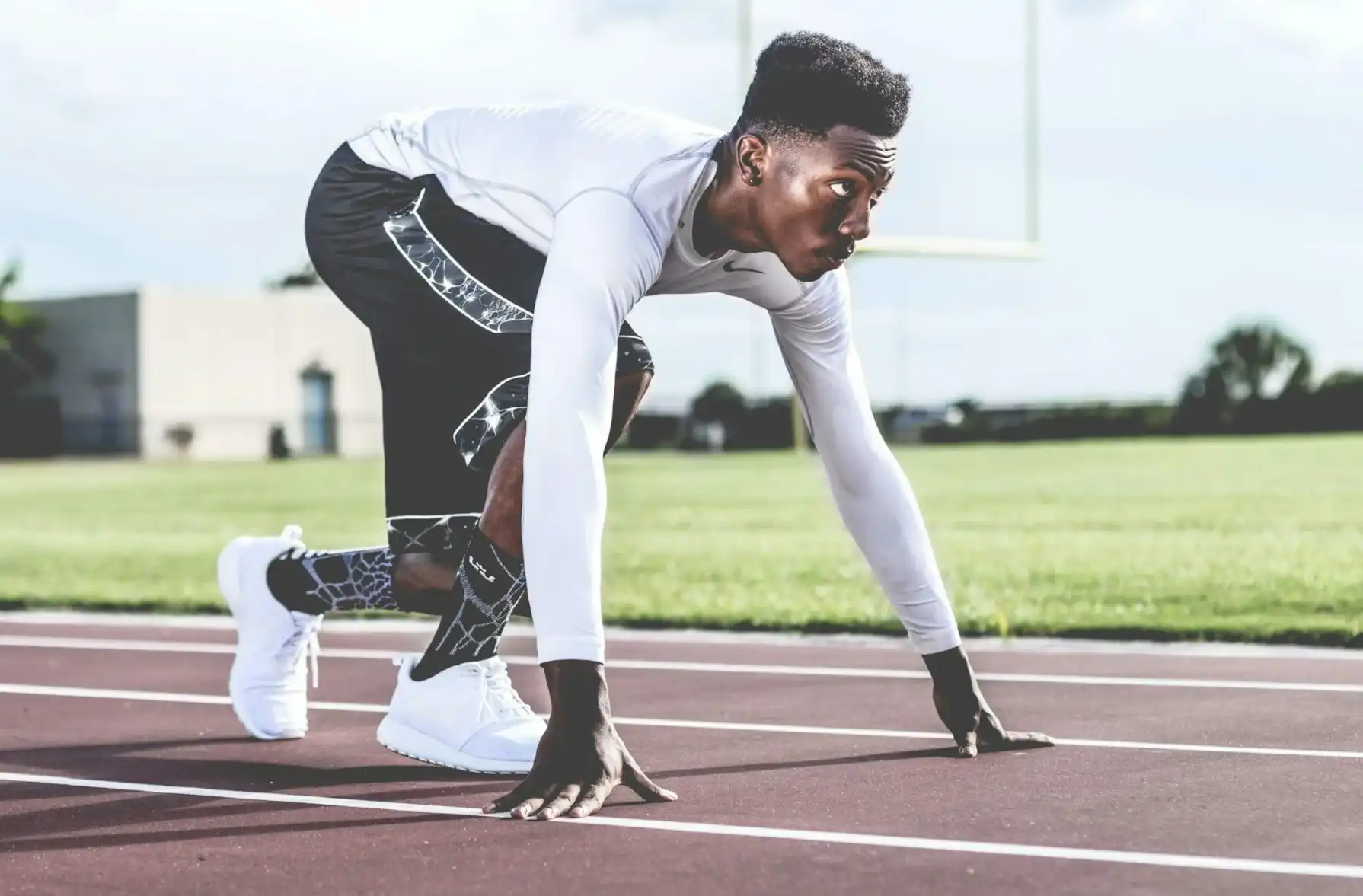
| Sport | Recommended Arch Support Insole |
|---|---|
| Running | Rigid arch supports with enhanced cushioning and motion control |
| Basketball | Customized orthotics with firm arch support and shock absorption |
| Tennis | Flexible arch supports that allow for lateral movements and flexibility |
| Soccer | Arch supports with a balance of stability and dynamic response |
Orthotics for Flat Feet in Athletes
Orthotics play a big role in handling flat feet for athletes. They are specially made inserts. These provide the right support and alignment for the feet, tackling the issues of low arches or flat feet.
Custom-Made Orthotics
Custom-made orthotics work best for athletes with flat feet. They get designed by a podiatrist or another professional. This is after they check the athlete’s feet, walking style, and what they need. Custom orthotics give the exact amount of support, cushioning, and control. They help athletes perform better and reduce the chances of
overpronation injuries.
. Athletes with
low arches
or big
flat feet
find these very useful.
Over-the-Counter Orthotics
Some athletes with
flat feet
might find help with
over-the-counter orthotics
. These are off-the-shelf. They offer more general arch support and cushioning. Though not as perfect as custom orthotics, they can still help improve sports performance for
flat feet athletes.
They also cut the chance of
flat feet athletes training
Whether it’s custom or over-the-counter orthotics, working with the healthcare team is key. This is important to find what’s best for their feet and the kind of
flat feet running shoes
needed. By including the right orthotics in their training and
flat feet strengthening exercises,
the athletes help avoid injuries. They also better their athletic performance all around.
Flat Feet and Running Shoes
Athletes with flat feet need special running shoes. These shoes must support their feet well. They also help reduce the chance of certain injuries.
Features to Look for in Running Shoes
For flat feet, running shoes must have certain features:
- Arch Support: Find shoes with good arch support. This feature helps your feet stay stable and not roll too much.
- Motion Control: Shoes with motion control help stop overpronation. They make your steps more stable.
- Cushioning: Choose shoes with plenty of cushioning. This will help lessen the force on your feet when you run or jump.
- Stability: Pick shoes that have a wide and stable bottom. They’ll make you feel more balanced.
Popular Running Shoe Brands for Flat Feet
Some top running shoe brands for flat feet include:
- Brooks – Brooks makes shoes with great motion control and stability for athletes who need it.
- Asics – Asics shoes are good for arch support and cushioning. These help handle overpronation well.
- New Balance – New Balance has a big selection for different flat feet needs. They offer a variety of options.
- Saucony – Saucony’s shoes focus on keeping your steps stable. They offer strong stability features.
The right running shoes can make a big difference. They can help you perform better in sports. They also lower the risk of certain foot injuries.
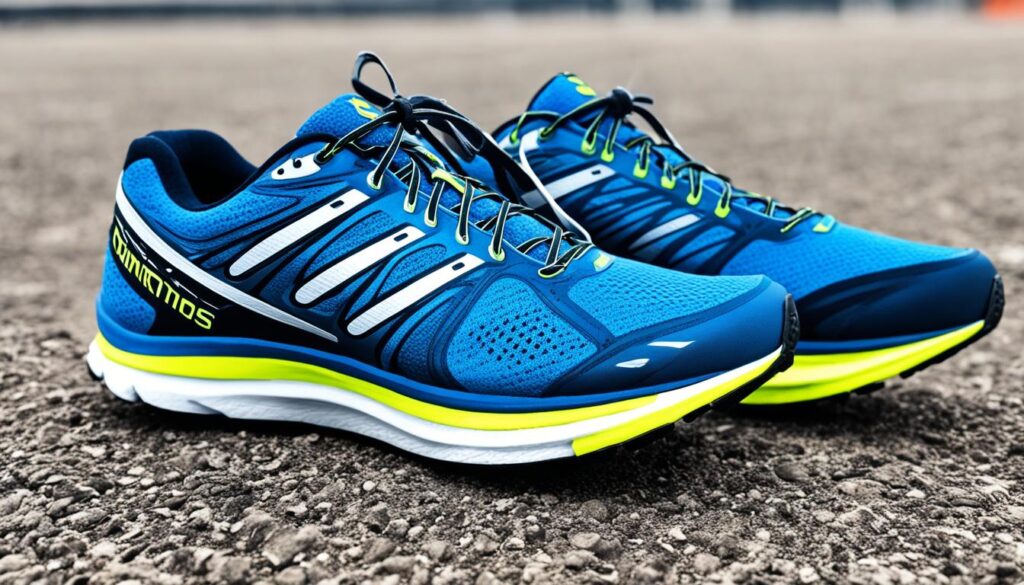
Strengthening Exercises for Flat Feet
Athletes with flat feet often struggle with overpronation and staying injury-free. Using special exercises can make a big difference. These include focusing on the feet and ankles. Also, improving balance and how the body knows where it is (proprioception) matters a lot. Doing these can boost the legs’ strength, up athletic performance, and lower the chance of sports-related flat feet sports performance problems.
Foot and Ankle Strengthening Exercises
Focusing on the feet’s deep muscles is key for flat feet athletes. Things like using a towel to pick up marbles and stepping on foot domes strengthen these small muscles. For the ankles, resistance band exercises help a lot. They include moving your toes up and down or side to side. This builds strength in the legs and makes them more stable.
Incorporating Balance and Proprioception Training
It’s very important for flat feet athletes to have good balance and body awareness. Exercises on one foot, on a balance board, or jumping can improve this. Doing these helps the athlete control their legs better. This can lower the risk of overpronation injuries and other injuries related to flat feet injury prevention. For activities like running and sports with fast movements, these are especially helpful.
A full program that targets the feet, the ankles, and lower body stability is great for athletes with flat feet. It means better treatment for low arches, improved flat feet sports performance, and less need for flat feet orthotics or arch support insoles. Consistent effort is important. It can really change an athlete’s game and health.
Injury Prevention Strategies for Athletes with Flat Feet
Athletes with flat feet must work hard to avoid injuries. Their condition makes them more likely to get hurt. It can lead to problems like overpronation injuries and less shock absorption. So, they should warm up properly, cool down after, and try different types of exercise.
Proper Warm-Up and Cool-Down Routines
Starting with a good warm-up is key for these athletes. They should do exercises that focus on their feet, ankles, and lower legs. These include ankle circles, calf raises, and stretching the feet. These moves get their muscles ready and lower the injury risk.
After exercise, a careful cool-down is also important. It might involve stretching the feet and ankles, and doing gentle activities like walking. This helps the body recover and lower the chance of getting hurt.
Cross-Training and Low-Impact Activities
Doing more than one type of exercise can be good for athletes with flat feet. It makes their muscles stronger and their feet more stable. This can prevent injuries and other problems related to flat feet.
Swimming, cycling, and low-impact aerobics are good examples of extra exercises. They are less hard on the feet and ankles but still great for fitness. By mixing up their workouts, athletes can become stronger. This helps them do better in their main sport.
Flat Feet and Sports Performance
For athletes with flat feet, overcoming challenges is key to success in sports. They learn how their condition affects their game. Then, they adjust their training to reach their goals.
Adapting Training Regimens
Athletes work closely with coaches and healthcare providers to create personalized plans. These plans include exercises to make feet and ankles stronger. They also focus on the right balance and choose the best shoes and orthotics.
This helps flat-footed athletes perform well and avoid common injuries.
Success Stories of Athletes with Flat Feet
We have seen amazing achievements from athletes with flat feet. For instance, Steph Curry, a top basketball player, uses arch support insoles. He also does special strengthening exercises. These methods let him play at his best.
Serena Williams, a top tennis player, has a similar story. She talks about dealing with flat feet and staying at the top. Her story inspires other athletes with flat feet. It shows that hard work and smart prevention can lead to success.
When to Seek Professional Help
Athletes with flat feet may need professional help at some point. This is especially true for those who face ongoing problems or want to boost their training. A podiatrist or a sports medicine specialist can be a great asset. They offer crucial advice and support.
Consulting a Podiatrist or Sports Medicine Specialist
Podiatrists focus on foot and ankle health, like treating flat feet. They’ll look closely, find what’s causing your flat feet, and then give advice just for you. Sports medicine specialists help athletes get better and prevent injuries. They too can be a big help for athletes with flat feet.
If you need arch support insoles, orthotics, or specialized running shoes, they can guide you. They aim to meet your specific needs and goals.
Physical Therapy and Rehabilitation
Alongside seeing doctors, adding physical therapy and rehabilitation to your routine is key. A physical therapist can craft a plan just for you. It will focus on making your feet and ankles stronger and boosting your balance and proprioception.
This therapy fixes muscle differences, bettering your standing and the function of your feet and ankles. It fights flat feet’s effects on your game and cuts the chance of overpronation injuries.
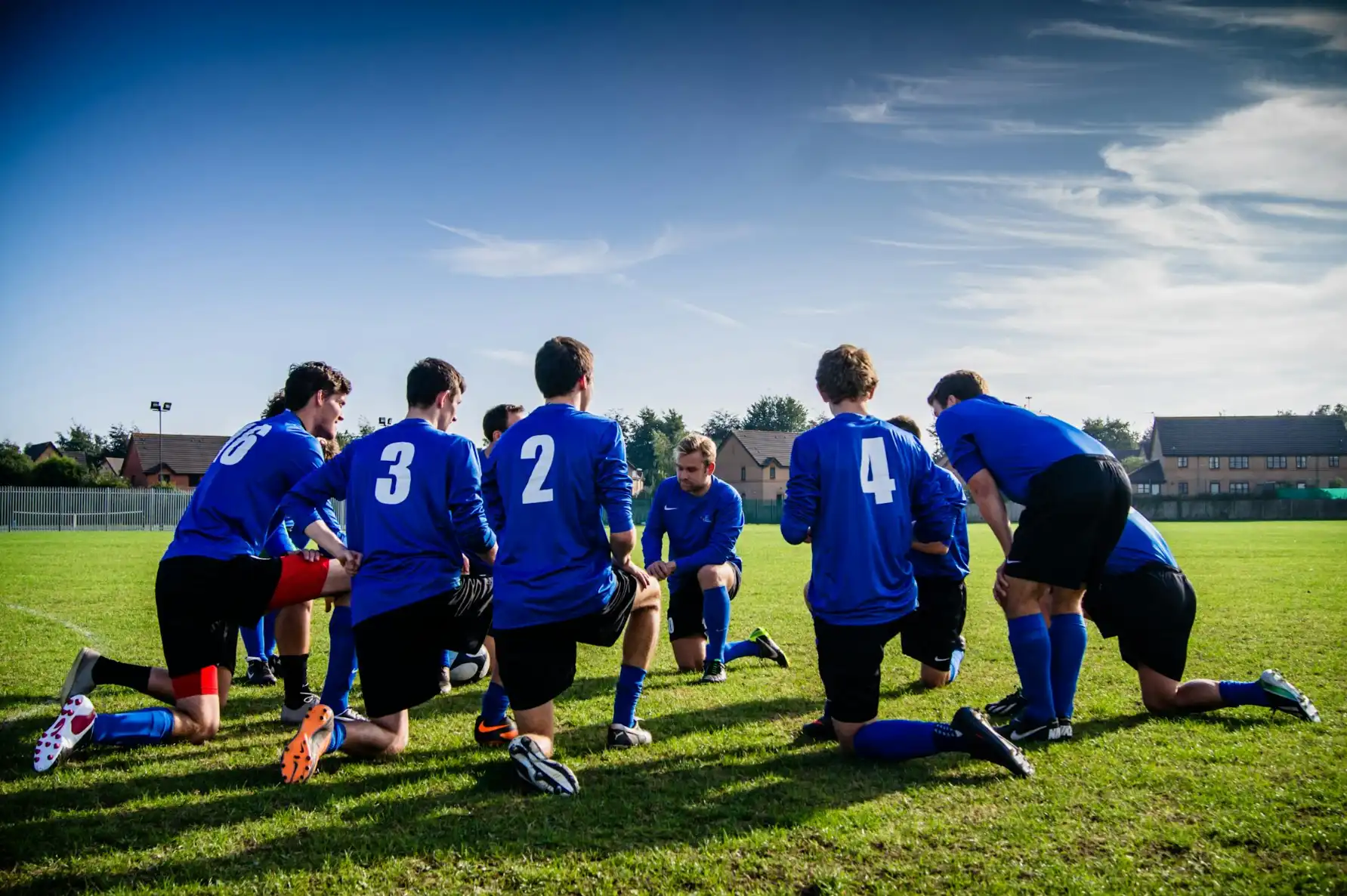
Conclusion
Athletes with flat feet may find it harder to stay at their best and avoid getting hurt. We looked at why flat feet happen, how common they are, and what it means for sports. We found ways to help these athletes do better.
To help with overpronation and get the right arch support, they can use insoles and orthotics. It’s also important to make the feet and ankles stronger. Choosing the best running shoes, using steps to avoid injuries, and getting tips from foot doctors or sports experts can improve things even more.
Flat feet might make things a bit tough, but there’s a way through it. With a smart plan for training, resting, and keeping injuries away, athletes can reach their top performance. With the right help and plans, dealing with flat feet shouldn’t stop them from winning in sports.

